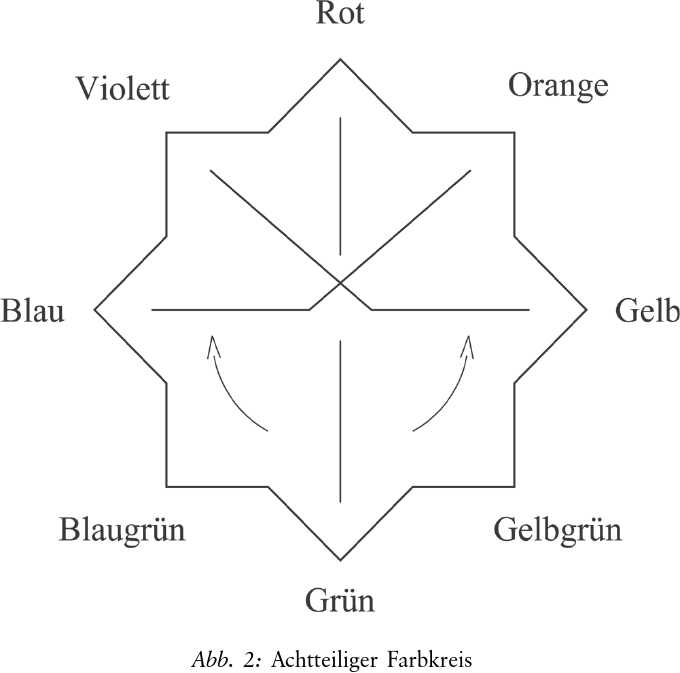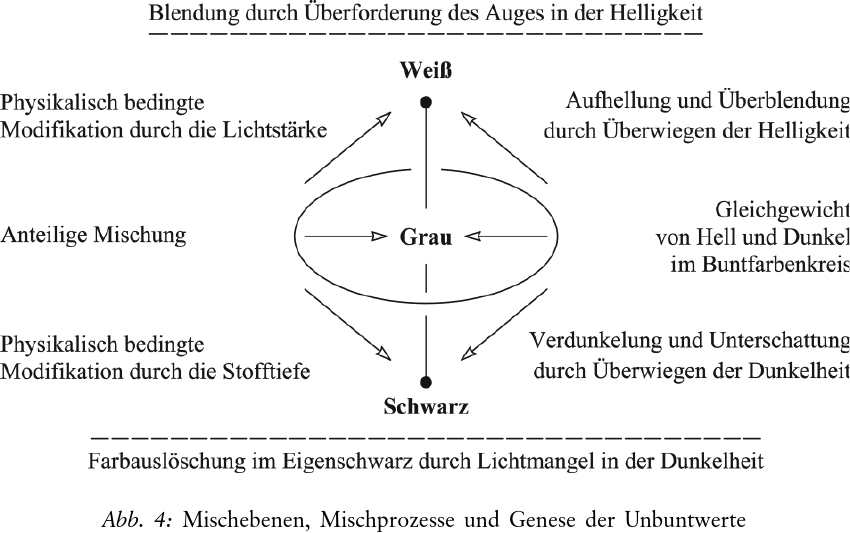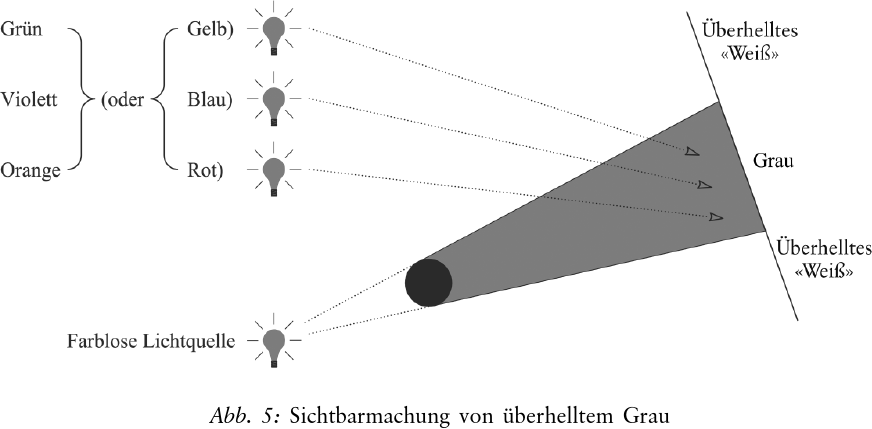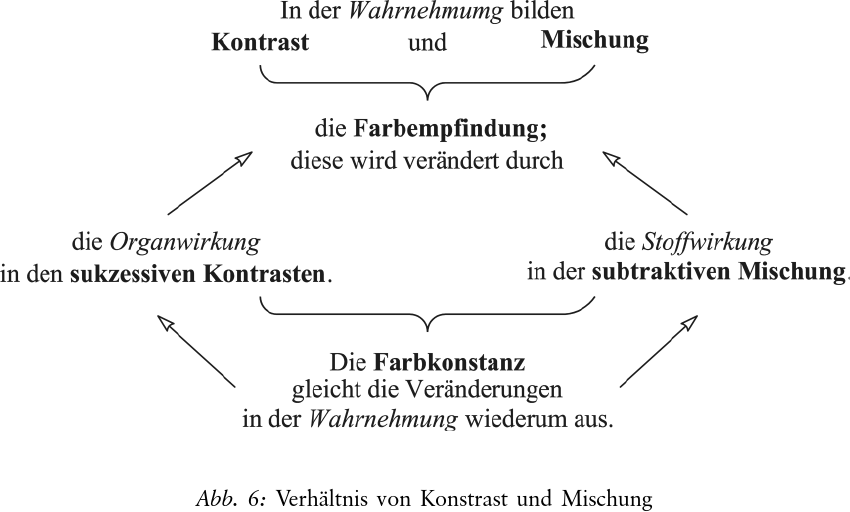Zur Theorie der Farbqualitäten
Export Article Citation as
- Plain text
- BibTeX
- RIS format
- Download price : € 6.00
Abstract:
The epistemology of empirical idealism enables a pure theory of colour to be established. Its details can be developed from Wittgenstein’s conception of a logic of colour concepts. This leads to a classification of qualities whose principles are partly formative, partly cancelled out in the interplay of concrete colour sensations and which interact with the quantitative and organic aspects of colours. Phenome nology is understood as the study of the interrelation of phenomena and in this paper it is applied to the example of colour phenomena. The mixture is based on an ideal type that in various ways escapes portrayal by media and colour substrates which depend on the visual faculty, thus its ideal unity splits into several principles which, supplementing each other as component aspects, point to the type. In this way the differences and congruencies of additive, subtractive and component mixing become understandable. A prerequisite for both additive mixing and contrast is the concretisation of quality in actual colour sensation. Both are members of a higher unity and are held in balance in the visual process by colour constancy. The mixing processes reach their final state in grey, whereas the productive power of contrast has its greatest effect in the greyness of shadows. Antagonistic colour pairs in the qualitative classification, the complementary principle in mixing and contrast, and the dual principle of dioptric colours are shades of the light-darkness polarity. This paper deals with the aspects of the subject that are demonstrable independently of mathematics and physics, but, through examining colour measurement, it takes into account the fact that quality and quantity are, in reality, inseparable.





